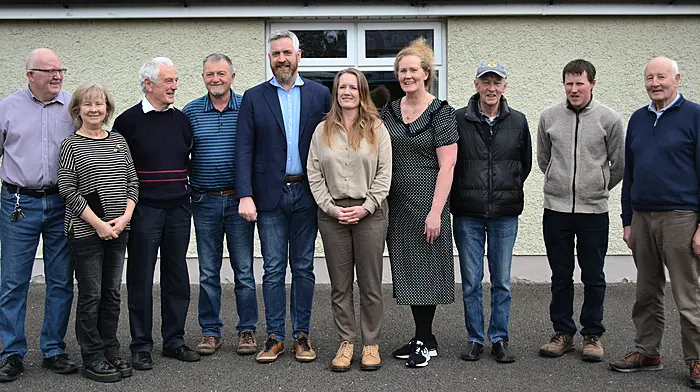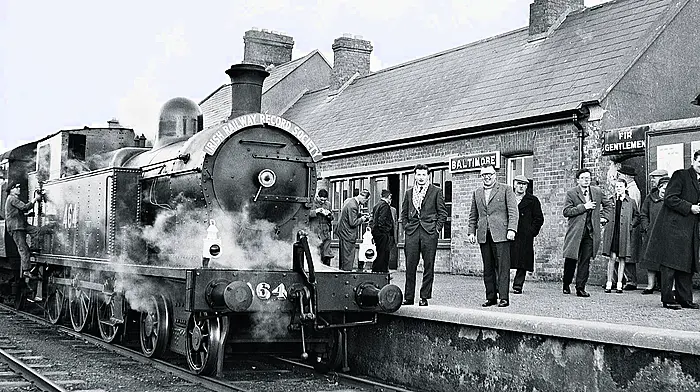THE National Development Plan (NDP) was launched this week with all the fanfare and fuss that the public has come to expect from the announcement of such ambitious projects.
The 180-page document, unveiled in Cork as a nod to the current Taoiseach Micheál Martin and the Minister for Public Expenditure Michael McGrath, refers to a total public investment of €165bn between now and 2030.
The ‘ambitious’ tag is certainly relevant when you look at some of the bullet points: it aims to create 47,000 direct and 33,000 indirect construction jobs over its lifetime; it plans to increase GDP and wages; it will allocate €5bn to energy efficiency investments as part of its climate action remit; it plans to deliver 6,000 ‘affordable’ homes every year; more rail, bus, Metro and Dart connections are planned; a digital transition fund will be available; while more schools, port investments, airport expansions, and the completion of the M20 Cork to Limerick route are all part of the plan.
It’s not a ‘wishlist’, the Taoiseach insisted, despite the lack of timing and costings for many of the more progressive projects contained in the tome.
But that lack of costing and deadlines has drawn plenty of criticism from the opposition parties. It’s fine and well for a government to come up with lofty plans for roads, rail, housing, construction, climate action, education and more, but without having any defined dates for completion, then it will be hard to hold the government to account on any of these plans.
They have used the very convenient excuse of likely planning hold-ups, market sensitivities and objections to these projects to say they cannot put ‘timings’ on them.
But, having seen the disaster that is the ongoing National Children’s Hospital scandal, surely deadlines and tight accounting are essential to restore faith in public projects, and the government’s ability to control spending. And while many observers have praised the breadth of the impressive plan, others have noted that it may just be a little too lofty for reality.
Tom Parlon of the Construction Industry Federation said this week that there will need to be a strong injection of foreign workers in the sector to fuel the plans, but he had no answer when confronted with the lack of housing for those incoming workers.
Labour leader Alan Kelly said the NDP was far too ambitious and he noticed that the Cork to Limerick road, which had been referred to as the M20 in the 2018 plan, was now seemingly downgraded to the M/N20 in the new plan, leaving doubts about the government’s commitment to a motorway between the country’s second and third biggest cities.
And, more importantly, for those of us in West Cork, there was little to spark our interest.
Much of the infrastructure mentioned for the south was already long mooted or already in train – like the Macroom bypass, the upgrading of the Ringaskiddy to Cork route and the redevelopment of Cork’s docklands. A case of ‘nothing to see here’? While Midleton is getting a roads upgrade, and Mallow, Midleton and Cobh are getting a ‘suburban rail network’ (we thought they already had one), there was very little coming west of Innishannon.
The plans for the Crawford Art Gallery, the new MTU university campus, and the Cork Event Centre are all well-intentioned – but not new to many – and they are all city-centred. There are, yes, mentions of greenways, flood schemes and Union Hall and Castletownbere harbour works, but no ‘showstoppers’ for this area.
This is despite the fact that regional development is mentioned in the report, not least of all by the Taoiseach himself, who refers to strategic objectives ‘for rural, regional and urban development’ and an entire chapter entitled Strengthened Rural Economies and Communities. One might say the lack of a senior minister from West Cork has left the region at the loss of any great sway around the cabinet table, but only time will tell if the much-promised boost to the economy from this multi-billion euro investment will filter down to the regions.









